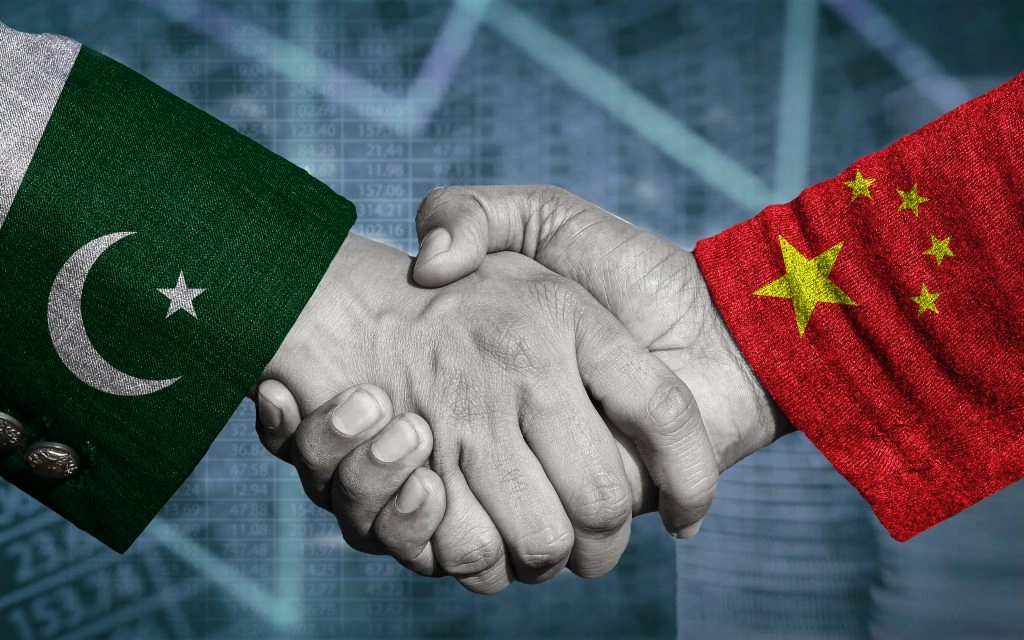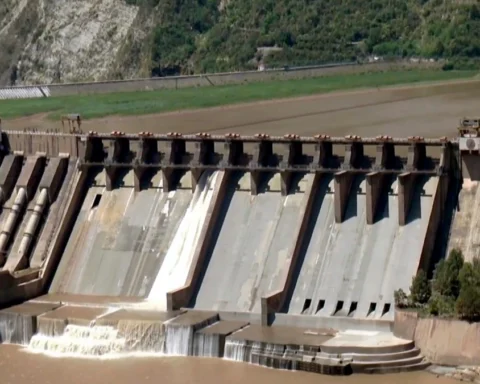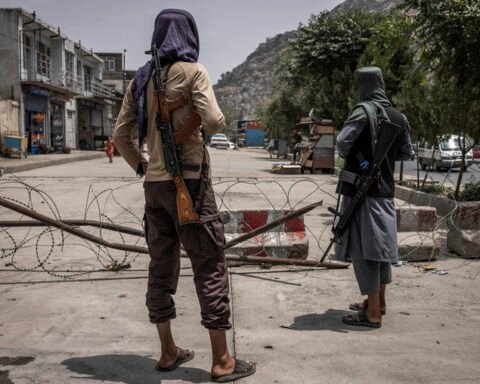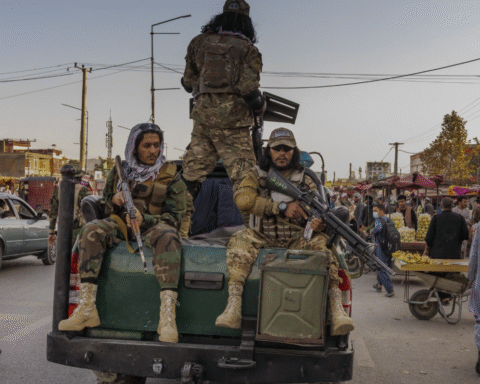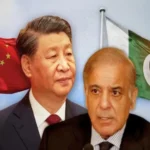The China-Pakistan relationship has become one of the most important in South Asia in the era of changing world politics and growing regional competitions. There is a new sense of economic collaboration, and the two nations are not doing it conventionally in terms of diplomacy but rather in terms of a full-fledged convergence and strategic coordination coupled with the development of tourism, integrations of defence technologies and the organizing of mutual military exercises. Such change is supported by the Belt and Road Initiative (BRI) of China, the main project of which is the China-Pakistan Economic Corridor (CPEC). Whilst Pakistan enjoys the fruits of economic recovery and energy security, China gains a stable ally in its region gaining access to the Arabian Sea which will help boost its geopolitical authority as well as having an opponent to increasing Indian and western unity in the Indo Pacific. This multidimensional alliance amid mounting region tensions and especially with India is indicative of a significant restructuring of powers in the region underlining the fact that growing China-Pakistan cooperation is changing the landscape of the strategic map of South Asia.
The China Pakistan Economic Corridor has received an investment of more than 62 billion dollars, and it is not a mutual trade program but the economic lifeline of Pakistan. CPEC came at a time when the country was under chronic energy shortages, deteriorated infrastructure and deterioration in the level of foreign direct investment. Covering China to Pakistan, the corridor links to western Xinjiang to Gwadar Port in Balochistan that would help China shorten its energy transit and the possibility of the corridor has helped Pakistan transform its image as a trade and energy centre. In case of Pakistan, it comes in the form of long-term development, employment and connecting the region. Amid the uncertainty in the region the growing tensions between India and Pakistan to the instability in Afghanistan there are no better forms of structural economic support available in the region which can act as stabilization force as presented with CPEC. It serves as a foreign intimidation repellent which indicates that Pakistan can be supported by a global economic powerhouse. Practically CPEC is not just a development project, but a shield of strategic interest based on investment and Chinese interest.
Infrastructures and Energy
The core of the CPEC initiative is a solid infrastructure and energy project facility. China had assisted Pakistan in building over 1,100 Km of highways besides adding more than 10,000 MW to Pakistan national grid. Such investments have reversed the fortune of major sectors of the economy minimized load shedding and better logistics in a nation where transportation holes and power cuts used to stall development. Pakistan is moving towards energy security with the introduction of coal energy, hydro energy, solar energy and wind energy plants as part of the energy mix. The whole process of Gwadar Port development and consequently Special Economic Zones bolsters further intentions of China to transform Pakistan into a regional trade route. In the case of China, the projects are crucial in providing non-stop access to essential sea lanes and markets whereas in the case of Pakistan they present the foundation of industrialization, expansion of exports and economic sustainability.
Technological Military Cooperation
In tandem with the economic cooperation, there has been an enormous increase in military cooperation between China and Pakistan. The strategic defence relationship comprises exchange of state-of-the-art military, technology coproduction of advanced systems, constant training and cooperation. Pakistan has since obtained and built more advanced systems of weapons, such as the JF-17 Thunder fighter aircraft, VT-4 tank destroyer, HQ-9 air defence weapon systems and even modern naval vessels courtesy of such efforts. Such developments cannot be termed as symbolic as it is a real improvement of conventional and strategic capacities in Pakistan. In a place where India spends more than 70 billion dollars defence budget. Pakistan defence imports by China are the crucial counterweight as it enables Pakistan to build a deterrence stance without draining national coffers. Through this kind of support Pakistan can no longer be comfortably dependent on the arm alone of the West but also cannot be able to be handicapped by sanctions-imposed curtailments especially. Rather it ought to be able to develop a defence course in accordance with its strategic priorities and security needs in the region.
Military Exercises and Interoperability
The increased intensity of joint military operations of the Pakistan Armed Forces and the People Liberation Army (PLA) are an indicator of the depth of this association in terms of executing operation. In addition to providing exercise in battlefield preparedness and coordination of tactics these drills also indicate a smooth cross boarder integration of Pakistani and Chinese military systems. Whether in counterterror procedures or in large defence drills these exercises reveal the ability of the two countries to act in unison concerning crisis in the region. Additionally, a second message is that the China-Pakistan nexus is not hollow hypothetical or reactive but alive and carefully entrenched in strategic planning that focuses on what each other will do to defend each other. The resulting interoperability because of these engagements enhances the strategic balance as well as provides Pakistan with the confidence of not cracking down under pressure by its hostile neighbours or even by world powers which could formulate an attempt of isolating it.
Defence Exports and Technological Transfer
The fact that China is one of the most significant suppliers of arms to Pakistan not only strengthens the military capacity of Pakistan but also remakes military equations in the region. Pakistan engages in only a few of those avenues by deploying Chinese drones, Chinese missile systems and Chinese radar capacities gradually creating an independent military industrial base with the assistance of Chinese scholars and institutes. Such transferring of technology is not simply instrumental; it is a long-term strategic view of self-reliance. When India is still largely dependent on its diversified Western and Russian imports concentration on the local production with the collaboration of Chinese provides the one with cost efficiency and diplomatic independence that Pakistan lacks. It also restricts the capability of India to dominate the region unilaterally, particularly in the disputed territories or choke points in the sea. This changing military alliance is a reminder that regional dominance can no longer be taken as a given by spending budgets but by time consuming relationships and strategic interest shared innovations.
Disclaimer: The views and opinions expressed in this article are exclusively those of the author and do not reflect the official stance, policies, or perspectives of the Platform.

